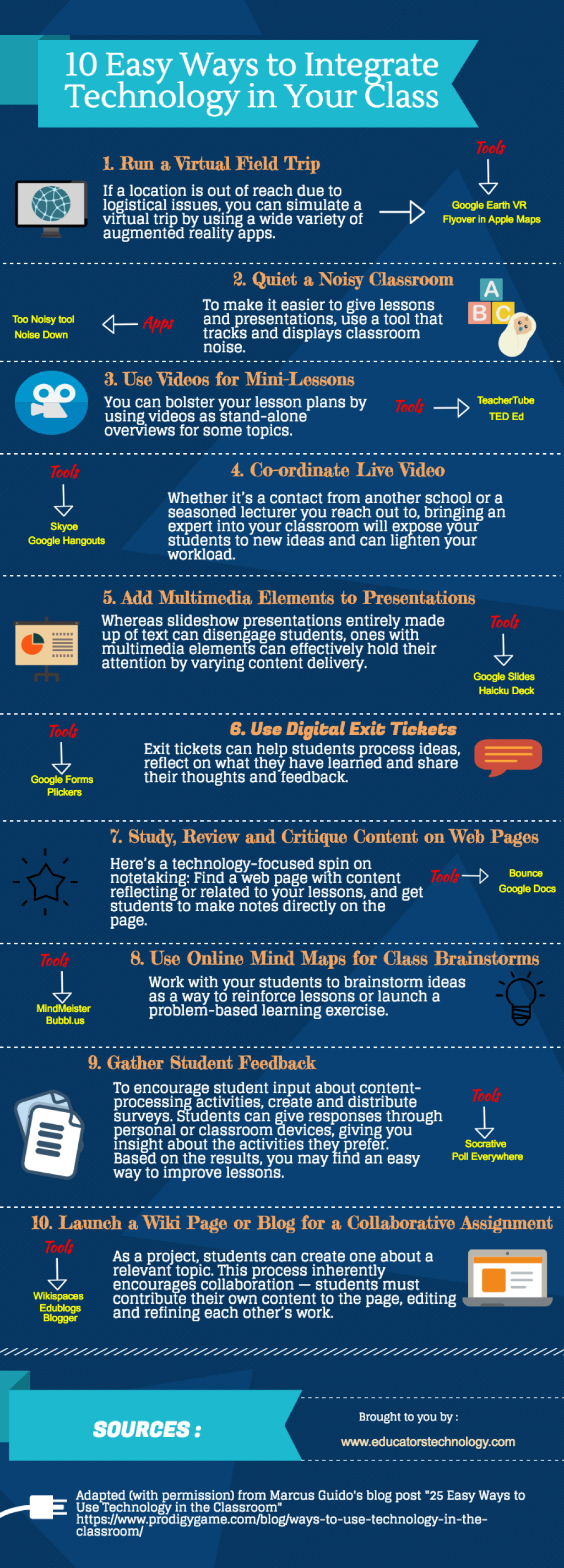Revolutionizing Education: Unleashing The Power Of Technology On Lessons!
Technology on Lessons
Introduction
Hello Readers,
2 Picture Gallery: Revolutionizing Education: Unleashing The Power Of Technology On Lessons!


Welcome to this article on technology on lessons. In today’s digital age, the integration of technology into education has become increasingly prevalent. The use of technology in the classroom has revolutionized the way students learn and teachers teach. In this article, we will explore the various aspects of technology on lessons, its benefits, and its challenges.

Image Source: viewsonic.com
Let’s dive into the world of technology on lessons and discover how it is shaping the future of education.
What is Technology on Lessons?
Technology on lessons refers to the incorporation of digital tools and devices into the traditional teaching and learning methods. It involves the use of computers, tablets, smartphones, interactive whiteboards, educational software, and online resources to enhance the learning experience.
👉 Technology on lessons aims to create an interactive and engaging learning environment that caters to the unique needs and preferences of each student.
Who Benefits from Technology on Lessons?

Image Source: elearninginfographics.com
Technology on lessons benefits a wide range of individuals, including students, teachers, and parents. Students can enjoy a more personalized and interactive learning experience, where they can access information and educational resources at their own pace.
Teachers can utilize technology to create engaging lesson plans, track students’ progress, and provide immediate feedback. Parents can also be involved in their children’s education through online platforms, allowing them to monitor their child’s academic development.
👉 Technology on lessons benefits everyone involved in the education process.
When to Implement Technology on Lessons?
The implementation of technology on lessons can vary depending on the educational institution and the specific needs of the students. Some schools have fully integrated technology into their curriculum, while others may use it on a more limited basis.
👉 The decision to implement technology on lessons should be based on the goals and objectives of the educational institution, as well as the available resources and infrastructure.
Where is Technology on Lessons Used?
Technology on lessons can be used in various educational settings, including traditional classrooms, online learning platforms, and hybrid learning environments. It can be applied in primary schools, secondary schools, colleges, and universities.
👉 Technology on lessons is not limited by physical boundaries and can be used in any location where there is access to digital tools and resources.
Why Implement Technology on Lessons?
The implementation of technology on lessons offers numerous benefits. It enhances student engagement, promotes active learning, and allows for personalized instruction. Technology also provides access to a vast array of educational resources and encourages collaboration among students.
However, there are also challenges associated with technology on lessons, including the need for teacher training, potential distractions, and the digital divide that may exist among students.
👉 Despite the challenges, the benefits of technology on lessons outweigh the drawbacks, making it a valuable tool in today’s educational landscape.
How to Implement Technology on Lessons?
The successful implementation of technology on lessons requires careful planning and consideration. Educational institutions should invest in infrastructure and technology resources, provide training for teachers, and ensure accessibility for all students.
👉 Additionally, educators should design lessons that effectively integrate technology, fostering collaboration, critical thinking, and problem-solving skills.
Advantages and Disadvantages of Technology on Lessons
Advantages:
Enhanced student engagement through interactive and multimedia content.
Access to a vast array of educational resources and information.
Promotion of active learning and critical thinking skills.
Preparation of students for the digital future.
Flexible and personalized learning experiences.
Disadvantages:
Potential distractions and misuse of technology.
Technological challenges and issues with infrastructure.
The digital divide and inequitable access to technology.
The need for teacher training and ongoing support.
Possibility of decreased face-to-face interaction.
Frequently Asked Questions (FAQ)
1. What are the essential tools for implementing technology on lessons?
👉 Essential tools for implementing technology on lessons include computers, tablets, interactive whiteboards, educational software, and online platforms.
2. How does technology on lessons benefit students with special needs?
👉 Technology on lessons provides opportunities for students with special needs to access educational materials and participate in learning activities that are tailored to their individual needs.
3. Are there any risks associated with technology on lessons?
👉 Risks associated with technology on lessons include potential cyber threats, online privacy concerns, and the need for digital literacy education.
4. How can parents support technology on lessons at home?
👉 Parents can support technology on lessons at home by providing a conducive learning environment, monitoring their child’s online activities, and engaging in discussions about the use of technology for educational purposes.
5. What are the future trends in technology on lessons?
👉 Future trends in technology on lessons include the integration of artificial intelligence, virtual reality, and augmented reality into the learning experience.
Conclusion
In conclusion, technology on lessons is revolutionizing the field of education. It offers numerous benefits such as enhanced student engagement, personalized learning, and access to a vast array of educational resources. However, challenges exist, including the need for teacher training and addressing the digital divide.
As we continue to embrace technology in education, it is crucial to strike a balance between utilizing these tools effectively and promoting meaningful face-to-face interactions.
Now is the time to embrace technology on lessons and harness its full potential to shape the future of education.
Final Remarks
Technology on lessons has the power to transform education and empower learners in new and exciting ways. However, it is essential to approach its implementation with careful planning and consideration.
While technology offers tremendous opportunities, it is not a substitute for effective teaching and learning practices. Educators must continue to adapt and evolve their instructional strategies to meet the changing needs of students in the digital age.
As technology continues to advance, it is crucial to stay informed and adapt to the ever-changing landscape of technology on lessons.
This post topic: Technology Tutorials

